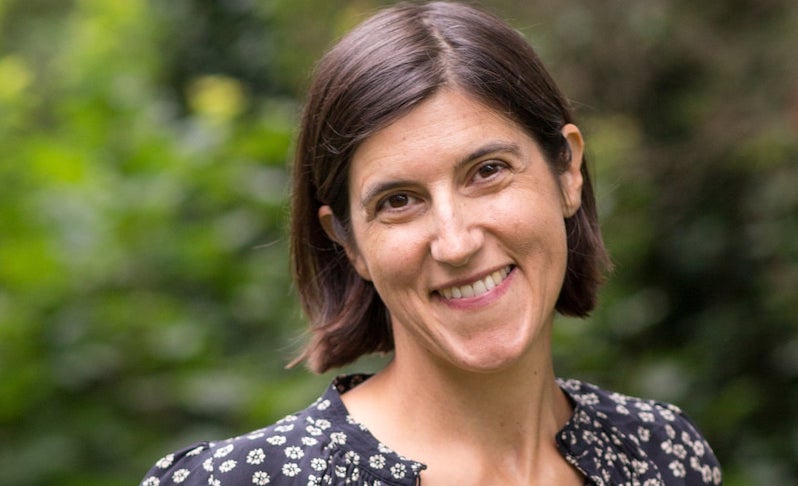

A couple of the stories are from before the deluge. It’s a little bit corny, but almost like meeting up with some friend I hadn’t seen in 12 years, and remembering that the person was just as delightful as I wanted them to be. All these stories that I had been saving up all these years kind of came pouring out of me. When that story was submitted, and it was accepted, and it ran, I would sit down at my desk and open a new file for a story, and I did this, you know, six times in a row or something, and then lo and behold, I had a collection. I think I felt wound up from being on book tour, and kind of distractible, and I thought, “I need to calm myself down by writing.” So I wrote this story that I called “Gender Studies,” and I submitted it to The New Yorker. It was my fifth novel, a modern retelling of Pride and Prejudice. Then in 2016, my novel Eligible came out. But my first book was a novel, and I think that if you publish a book - I guess if you’re lucky you have some momentum, it’s almost like there’s a likelihood that both you and your publisher think you should keep doing the thing you just did. And I read a lot of stories during that time. From the time I was 5 or 6, until I was 25. Why did you decide to publish a story collection, and why now?įor most of my life - well, maybe half of my life - but basically until I was in my mid-20s, I wrote stories.


“A character who’s smart but wrong?” Sittenfeld told Vulture. It’s an appropriate arc for the social media era: a tale that cautions against snap judgements. But often, Sittenfeld’s smartest, most noticing characters are wrong in their judgements, and forced to reckon with life’s complexities, and contradictions. Her latest book, a collection of short stories called You Think It, I’ll Say It*, is marked by the same pointed wit. In 2016, she wrote a retelling of Pride & Prejudice, for a series of Austen updates. Sittenfeld probably wouldn’t object to the comparison. The book was praised for its incisiveness its protagonist, Lee Fiora, is something of a modern-day Lizzy Bennett, riffing on rituals that her peers never bothered to question. In 2005, Curtis Sittenfeld published her first novel, Prep, a snarky Midwesterner’s foray into boarding school, a world quite apart from her own.


 0 kommentar(er)
0 kommentar(er)
